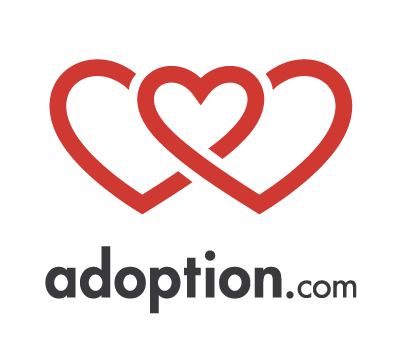Newbie Foster Care Questions: How Often do Kids Have Visits With Their Birth Families?
Foster care is an unpredictable business. I think this is kind of ironic because many of the people with the persistence and follow-through to become foster parents are very responsible, predictable people (otherwise we could never handle the mountain of paperwork and a never-ending list of requirements to get and stay licensed). Foster care laws vary by state, and the implementation of those laws can vary by county or agency, so it’s tricky to try to give one answer that will work in every situation.
All that being said, I think the only honest answer to the number of birth family visits your kids will have is, “It depends.” When children come into care, there is usually a court hearing the next day to make a plan for the immediate future. Most often at this point, the plan will be reunification with one or both birth parents. If this is the case, workers will want to build or maintain the bond between the children and their parents, and it is not unusual for visits to happen several times a week (especially if the children are very young). If you take placement of a newborn, you may have visitation three times a week with each parent. Additionally, parents are usually invited to all medical appointments, so if you have a child with many appointments, this could involve extra interaction with birth parents.
Often, a visitation plan will involve weekly contact. Depending on how the case progresses, this schedule may be modified to include more (and/or longer) visits as reunification approaches or fewer visits if parents are not working on their case plan or being consistent with showing up for visitation. If it becomes apparent that reunification with birth parents is not in the child’s best interest, usually relative placements will be sought. At this point, birth parent visits may still be happening. Other relatives may also be meeting or visiting with the child in anticipation of a possible placement.
If relative placement is not an option, the case may proceed to adoption. Usually, this takes about two years from the time a child enters care, although, like everything else, this could be much shorter or much longer depending on the circumstances of the individual case. Most often current foster parents are the first choice for potential adoptive placement. Even after a plan is changed to adoption, birth parent visits will likely be court-ordered (though they may decrease in frequency at this time). They may also continue after an adoption based on the terms of a post-adoption contract agreement.
Foster parents can enter a child’s journey anywhere along the way. I’ve had placements with visitation three times a week and placements with no visitation at all. Like everything else in foster care, it depends on the specific details of a child’s case and a family’s situation.
Children may also have siblings in care with whom they need or want to visit. It can get really complicated to make all of this happen if children are placed in several different homes. I know from personal experience, however, that it can also be really helpful and rewarding
Visits can be great or they can be frustrating. A child may take them in stride or have lots of trouble processing them. Schedules are busy, workers are overloaded with cases, and foster parents can become resentful about transporting for visits that don’t happen or have unpleasant consequences. But, the truth remains . . . a child can never have too many people loving them. Birth parents, siblings, extended family, foster family. As long as the relationships are safe and loving, we should do what we can to help our kids experience every last bit of the love that they undoubtedly deserve.
Do you feel there is a hole in your heart that can only be filled by a child? We’ve helped complete 32,000+ adoptions. We would love to help you through your adoption journey. Visit Adoption.org or call 1-800-ADOPT-98.






